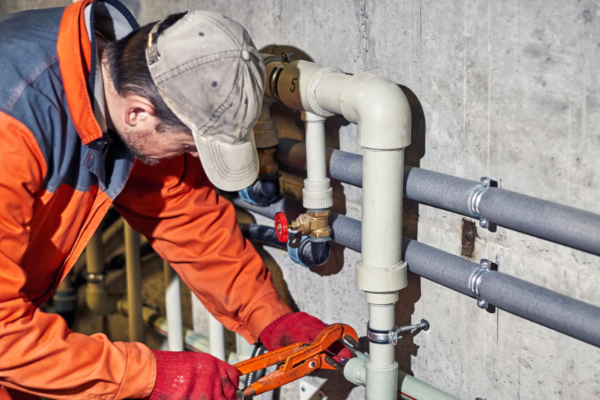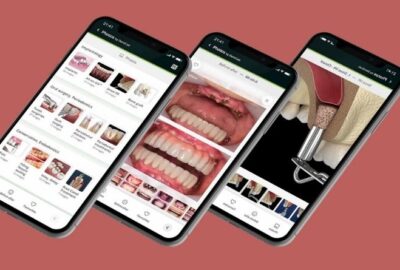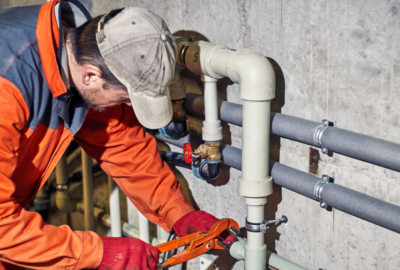Is the 2022 Vend POS System Right for Your Retail Business?
If you own or operate a retail business, chances are you’ve heard of the 2022 Vend POS system and might even be considering using it to help run your business. What many people don’t know, however, is that while the 2022 Vend POS system is indeed quite helpful, it isn’t necessarily right for every type of retail business.
Why should you get a retail point-of-sale system?
As a small business owner, you know what it’s like to work hard, day in and day out, only to have someone else reap all of the benefits. At its core, retail point-of-sale software is designed to level the playing field. Think about it: if you can’t keep track of inventory levels or which products are most popular with your customers, how will you grow your business or find new clients? From invoicing to back-office reporting, this is one investment that will pay off big time. The system is extremely customizable so it doesn’t matter if you sell clothes, groceries or both; a retail point-of-sale system can help automate your inventory management and promote more customer engagement in-store.
What are the best questions to ask about this type of software?
What is the total cost to purchase and install this system? What kinds of point-of-sale hardware does it work with? What kind of add-ons or plug-ins does it support and what are their prices like? Does it integrate with other software, such as inventory or payroll management systems, or would these need to be purchased separately? Is a physical installation available in my area, and if so, who installs it on-site and how much does that cost me, plus how much time does it take them to do the installation? Is an online installation available in my area, and if so how do I perform this type of installation and what fees will I incur by doing so?
What does the retail point of sale system cost?
POS systems are one of the most important pieces of your retail business. While there are many different types of POS, we’re going to focus on one in particular – a point-of-sale system. A point-of-sale system helps process transactions at your store and it is extremely helpful when you need to update inventory or make changes to prices in your store quickly. Some retail point-of-sale systems will be more appropriate than others depending on what you want from a system and where you are with your business growth. If you’re just starting out, you may be better off with a basic Point-of-Sale (POS) system like 2022 Vend since it’s easy to set up and use without any additional training or maintenance services.
Where can you get your retail point of sale system?
Retail point-of-sale systems are where all the pieces come together. Not only do they provide a way to collect data, input inventory and track sales, but they also allow you to have all your retail data at your fingertips. As such, it is essential that you understand what type of system best suits your business needs. We’re here to help you with that! Here’s an overview of some of the most popular types of point-of-sale systems available POS-1: If you are looking for something affordable and basic, this could be a good option. The price ranges from $6,000-$10,000 depending on how many terminals you need. In terms of features, this software doesn’t offer much beyond in-store features (i.e., cash register). That being said, if you don’t need extensive reporting or back-office support then this could be the right choice for your store.
Who can help set up and teach you how to use your new retail point-of-sale system?
The latest online reviews of retail point-of-sale systems show that one company is a step ahead of the competition. A recent review in Quill suggests that, for any small business looking to install a retail point-of-sale system, then 2022 Vend is a great option. The review goes on to say that this system has one of the easiest installation processes they’ve seen and reviews were largely positive. They also state that customer service was friendly and knowledgeable, with helpful and effective training. With all these benefits, there are no surprises why this Point of Sale system is gaining more and more traction as a new standard in POS technology for retailers. One online reviewer even said, It had every feature we needed – plus so many more!
When do you need to consider getting a new retail point-of-sale system?
Retailers are constantly looking for new ways to bring customers in and improve sales. Once a retailer has tried all of the possible tweaks, it’s time to reconsider the point-of-sale system. For example, if you need features like barcode scanning and inventory management, you’ll want to find a different system. If your point of sale doesn’t support these features, this will not only lead to inaccuracy in inventory management but frustration when trying to process transactions without an accurate inventory list. Not only can inaccurate data lead to headaches with reporting at tax time, but inaccurate reports could also lead potential new clients or investors down a bad path. Other signs that it might be time for a change include waiting periods that take longer than usual or failing equipment.
What are some common problems with existing retail point-of-sale systems that might indicate it’s time for an upgrade?
As a successful retailer, it’s important to stay on top of evolving customer demands and industry technology. With the proliferation of fast fashion, e-commerce and budget retailers, shoppers are now purchasing more frequently and over a wider variety of products than ever before. In response to these trends, many retail point-of-sale (POS) systems have evolved or been completely rewritten over time in order to keep up with customer demands. However, some features common in existing retail POS systems may indicate that an upgrade is due.
Does your current hardware still work well enough, or do you need to replace it now too?
For small to medium size retail businesses that do not already have a point-of-sale system, there are a few options. You can either purchase off-the-shelf hardware and POS software package or buy an all-in-one touchscreen kiosk/tablet. The major difference between the two is that with a self-contained touchscreen device you don’t need to install any external hardware or software other than what comes preloaded on it (including secure access). You also get more robust functionality from many higher-end devices that come loaded with cloud integration, additional tools such as barcode scanners, and even inventory management features.











